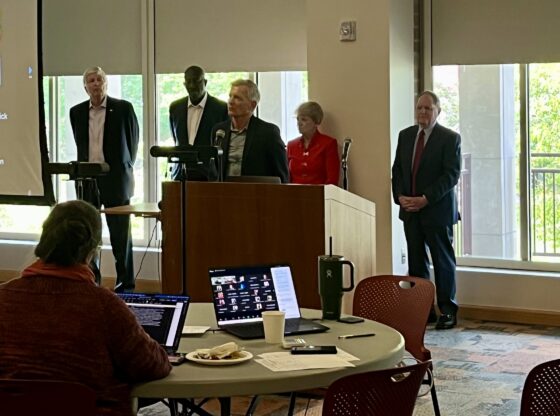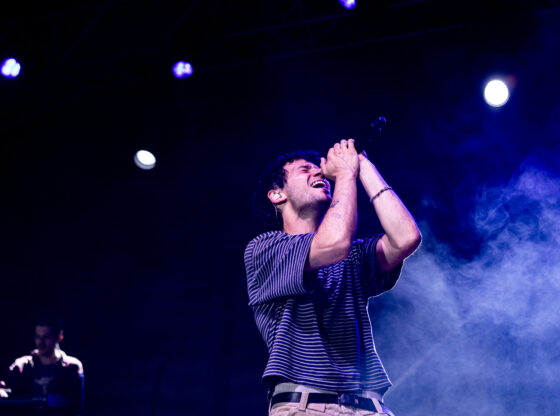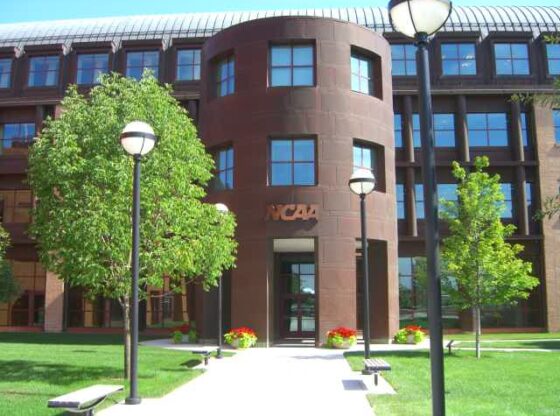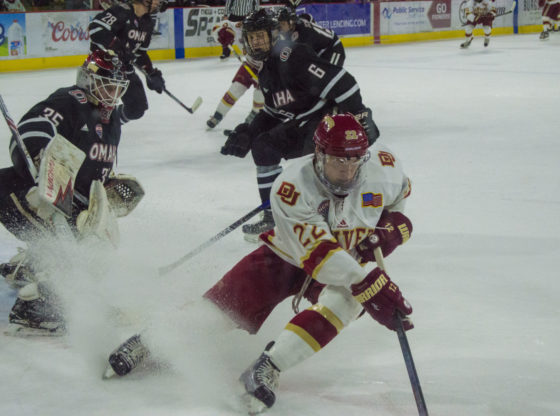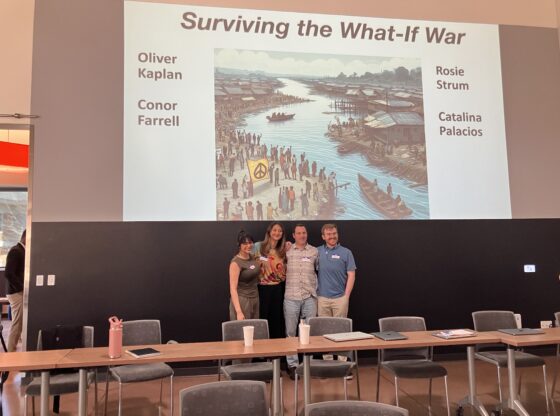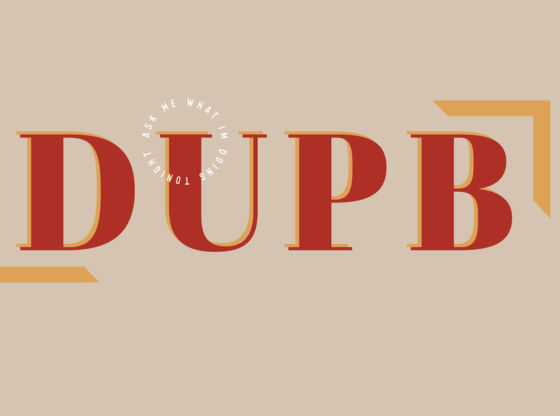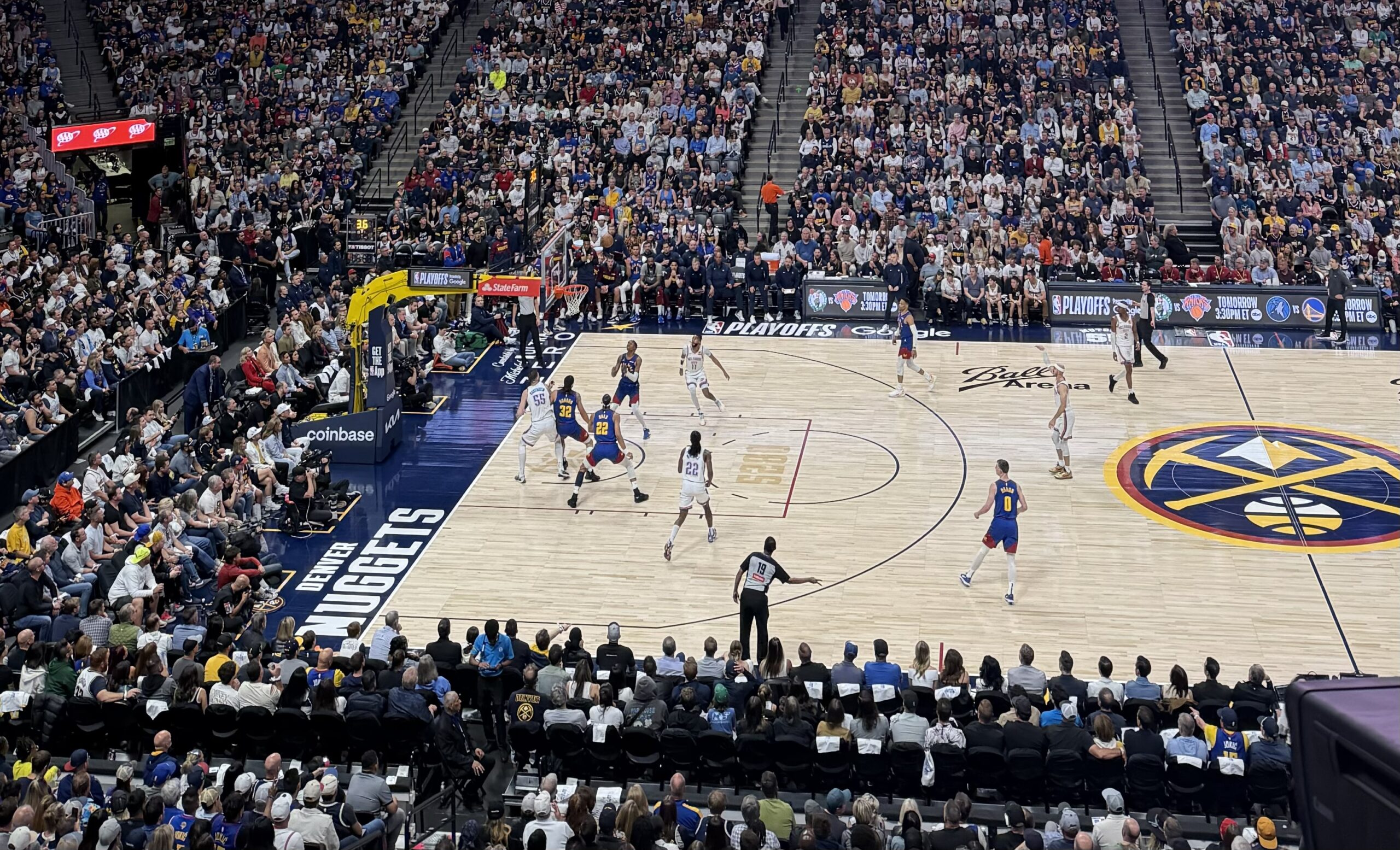A recent landmark settlement has transformed the Name, Image and Likeness landscape for collegiate sports. The five biggest collegiate conferences, the Big 10, SEC, Big 12, ACC and Pac 12 (which is no longer existent), and the NCAA settled three antitrust lawsuits on May 23.
The NCAA and conferences agreed firstly to pay almost $2.8 billion in damages to past and current collegiate players and secondly allow schools to directly pay players as part of revenue-sharing plans.
All of the settlement money will potentially go to 14,500 D1 athletes who played under the NCAA from June 2016 until November 2023, when NIL was deemed a right for collegiate athletes. Athletes will be required to opt into the lawsuit in order to receive compensation and if players opt in to receiving compensation, they will waive their right to bring cases against the NCAA in the future.
The co-lead counsel for the plaintiffs, Steve Berman, gave ESPN a better insight into what the compensation will likely look like. The amount of total compensation per athlete will be determined by a formula created by a sports economist. Factors such as player recruiting ratings, and career snap count will go into determining the market value of the player and the just compensation.
The other major agreement out of the settlement allows universities to now pay players directly starting in 2025.
Each university part of the Big 10, SEC, Big 12 and ACC will have around a $20 million budget to give to their athletes, with the budget set to increase over time. It’s unclear how much money each athlete will likely receive, but it will likely differ from university to university and it will likely revolve around the athlete’s market value.
The NCAA settled House v. NCAA, Hubbard v. NCAA and Carter v. NCAA with the agreed settlement. The NCAA is not out of legal trouble yet though as they still face legal action from a former University of Colorado football player, Alex Fontenot, who is bringing similar antitrust claims against the NCAA regarding their massive TV contracts.
How does this settlement affect a mid-major university like DU?
Former DU athletes who played from 2016-2023 will likely receive compensation from the NCAA, if they opt into the lawsuit. Forbes reported the major four conferences (Big 10, SEC, Big 12, and AAC) will have to pay $1.65 billion in damages while the other 27 D1 conferences will have to pay $990 million in damages to their athletes.
DU’s conference for 11 programs, the Summit League, is a part of the 27 conferences having to pay damages, but it is unclear how much DU athletes will be compensated. DU’s athletes will likely get similar values of compensation based on their mid-major status in the lawsuit. But gymnastics athletes who competed in the Big 12 and lacrosse players who played in the Big East could receive more compensation.
DU will likely be affected more by the revenue-sharing plan stemming from the settlement.
The revenue-sharing plan will create a large disparity and inequality within collegiate sports. Programs with large budgets can recruit the best players and continue to pay players adequately. Programs with small budgets will likely not be able to recruit the top players and engage in any revenue-sharing plans with its student-athletes.
This is the new reality for college athletics and it reflects the growing desire of collegiate recruits for NIL money during the recruiting process. Former Alabama Football Head Coach Nick Saban visited Congress on March 14 and reiterated his challenges with recruiting in the current era of collegiate sports.
“All they care about is how much you’re going to pay them. They don’t care about how you’re going to develop them, which is what we’ve always done,” said Saban.
Conferences such as the Summit League will also be greatly affected by the revenue-sharing plans. Conferences that do not have billion-dollar TV contracts such as the major four, will likely not be able to afford these revenue-sharing plans at the same level.
The university could opt-in to generating a revenue-sharing plan, according to LetsGoDU. Only the major four conference universities are forced to create these plans and will have a budget of around $20 million for their student-athletes. The DU budget, if the university opts into the plan, is estimated to be around $3 million.
Revenue-sharing plans will also affect the budget of the athletic department extensively.
DU is required to have 14 programs within the athletic department in order to qualify for membership in D1-AAA, and if the athletic department has to absorb extra costs, it may be forced to get rid of a program.
Not every program is revenue-generating, so some of the programs are likely not safe from being cut when a revenue-sharing plan becomes a reality for DU. Basketball, gymnastics, hockey and lacrosse will likely be safe from getting cut.
But if revenue-sharing plans do become a reality for DU, the university will have to navigate meeting Title IX requirements, potential legal action from student-athletes seeking more compensation and how the Summit League will function in this new change to the collegiate sports landscape.
Everything is still not a certainty for DU regarding this settlement.
What is certain: the athletic department will have to adapt to the new changes with NIL and increase budgets, or meet the fate of becoming a forgotten athletic program.
Another certainty is that college sports have been changed forever.
The lines between being an amateur college athlete and being a professional athlete have been completely blurred. Players are now closer than ever to becoming employees of universities in the U.S. than remaining student-athletes. The implications expected to come from this blurring will be astronomical to the landscape of sports.



